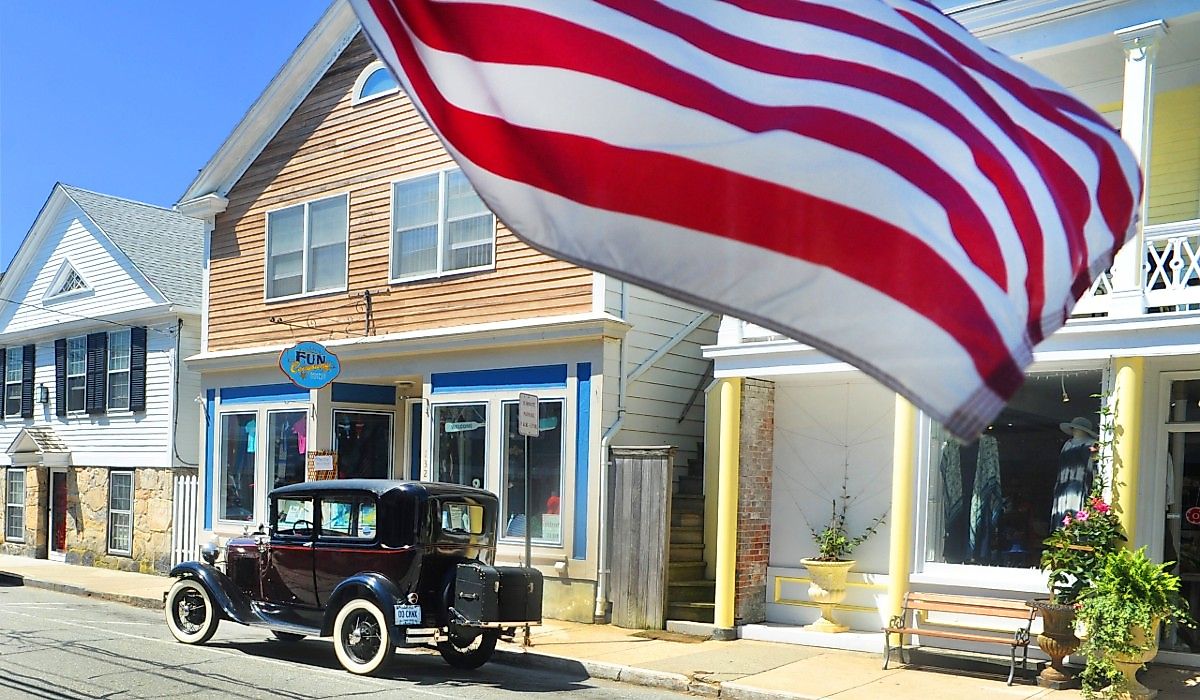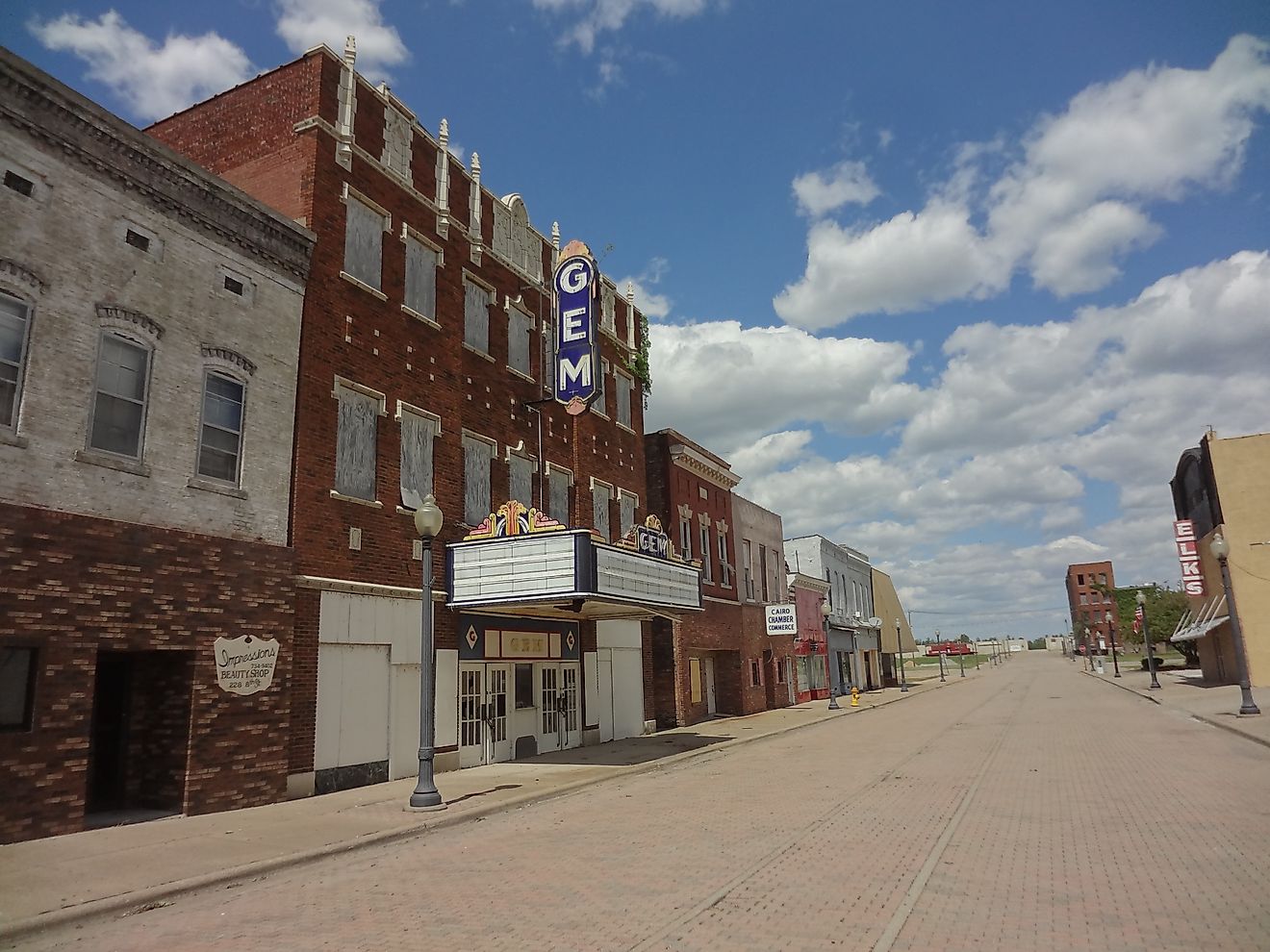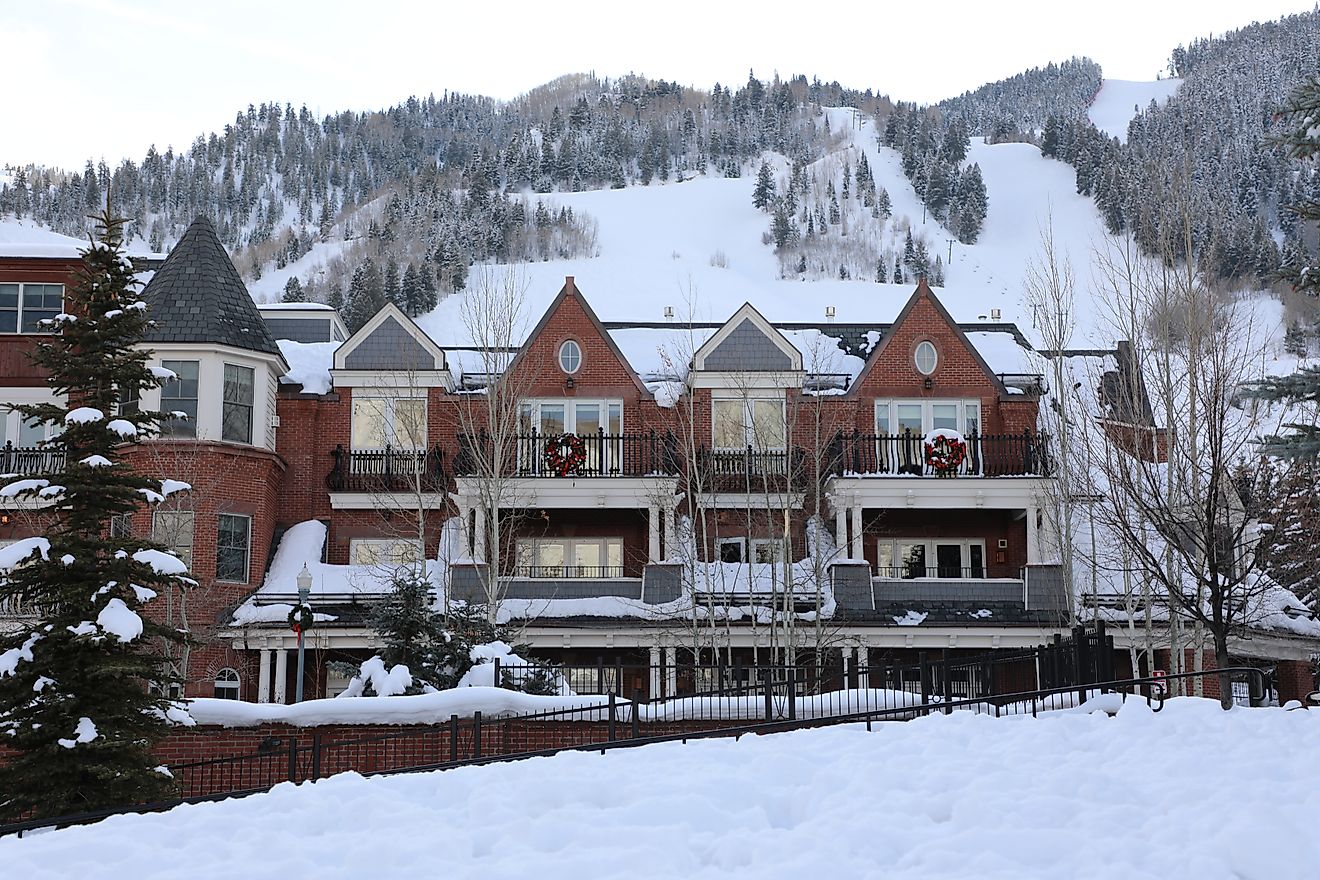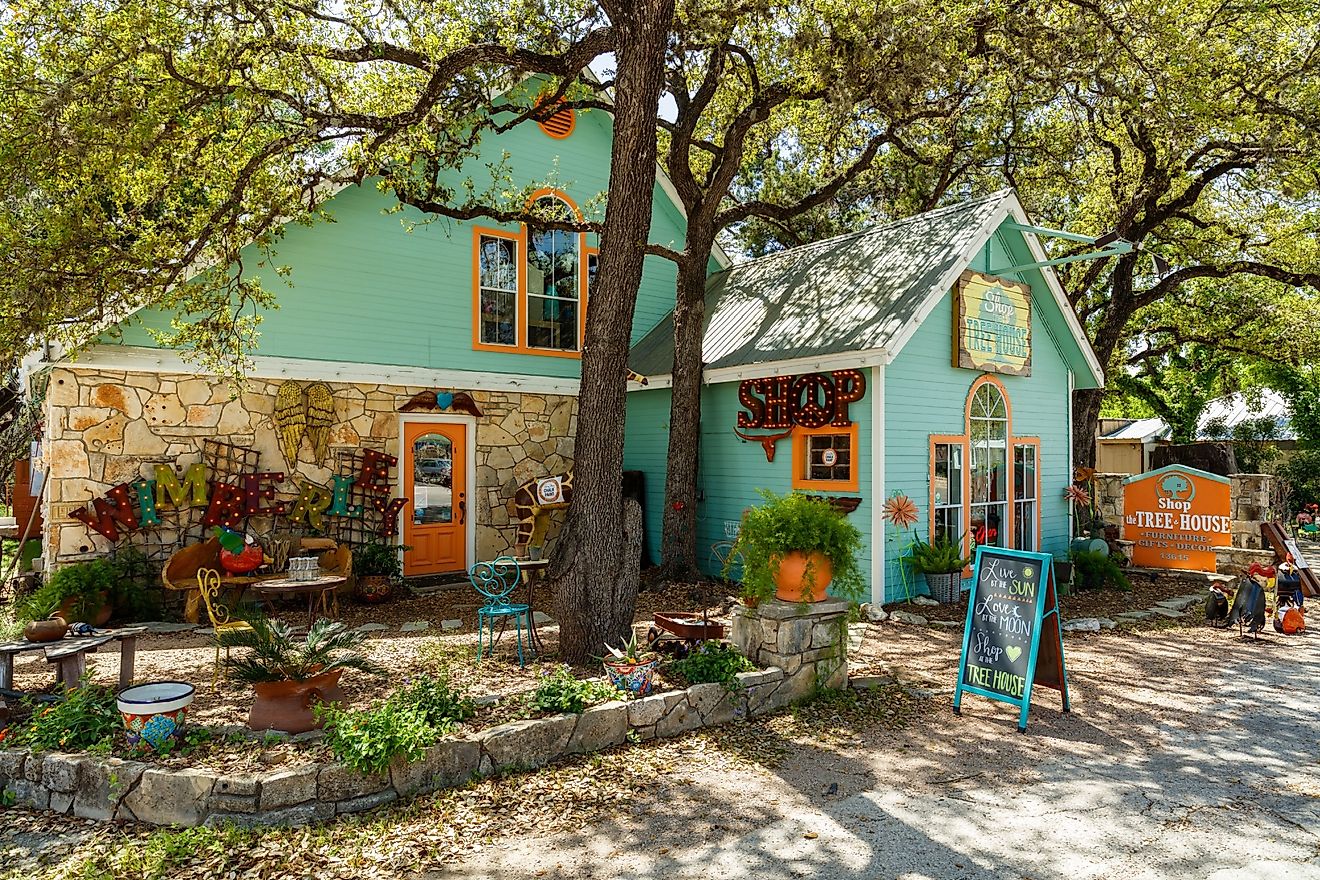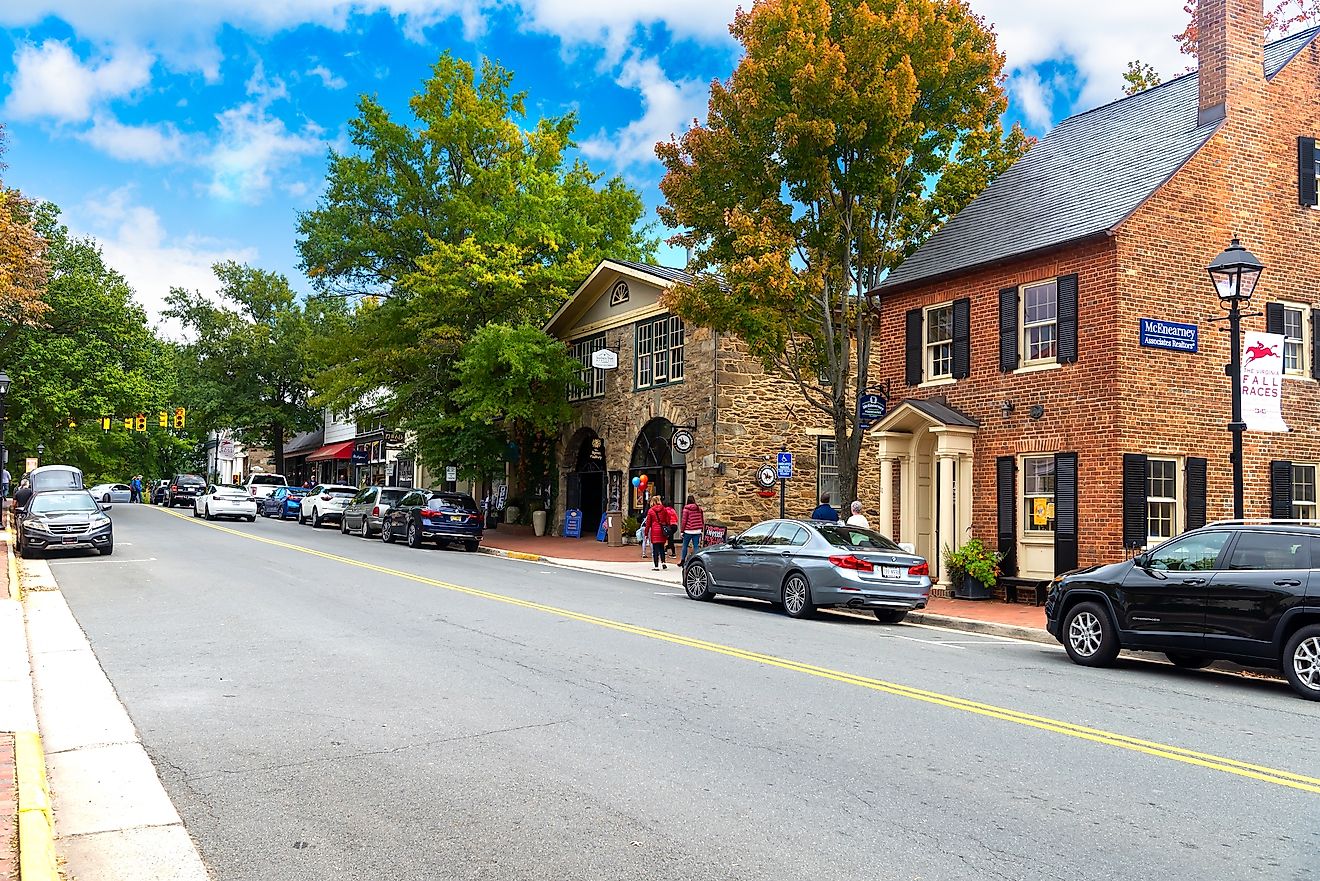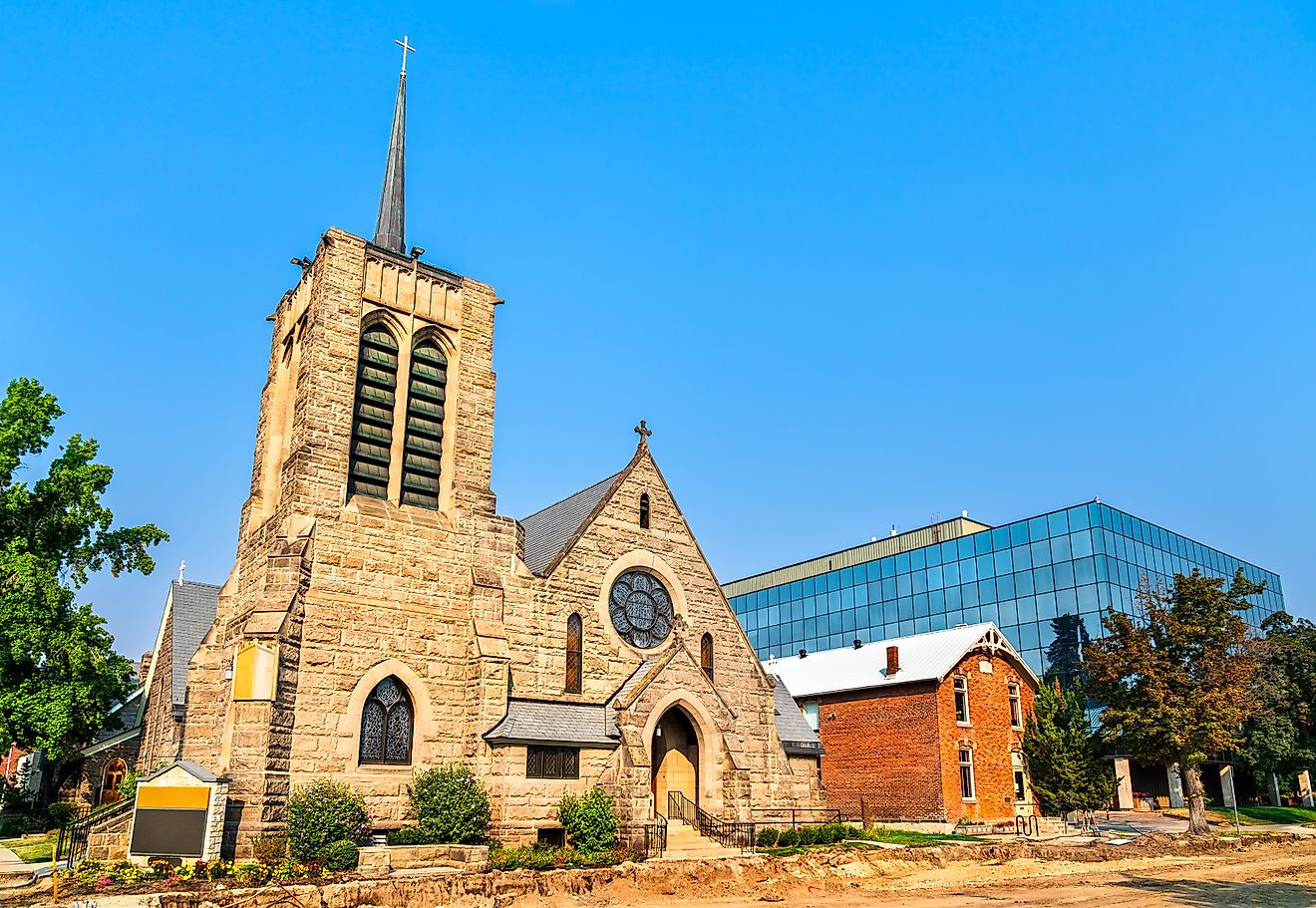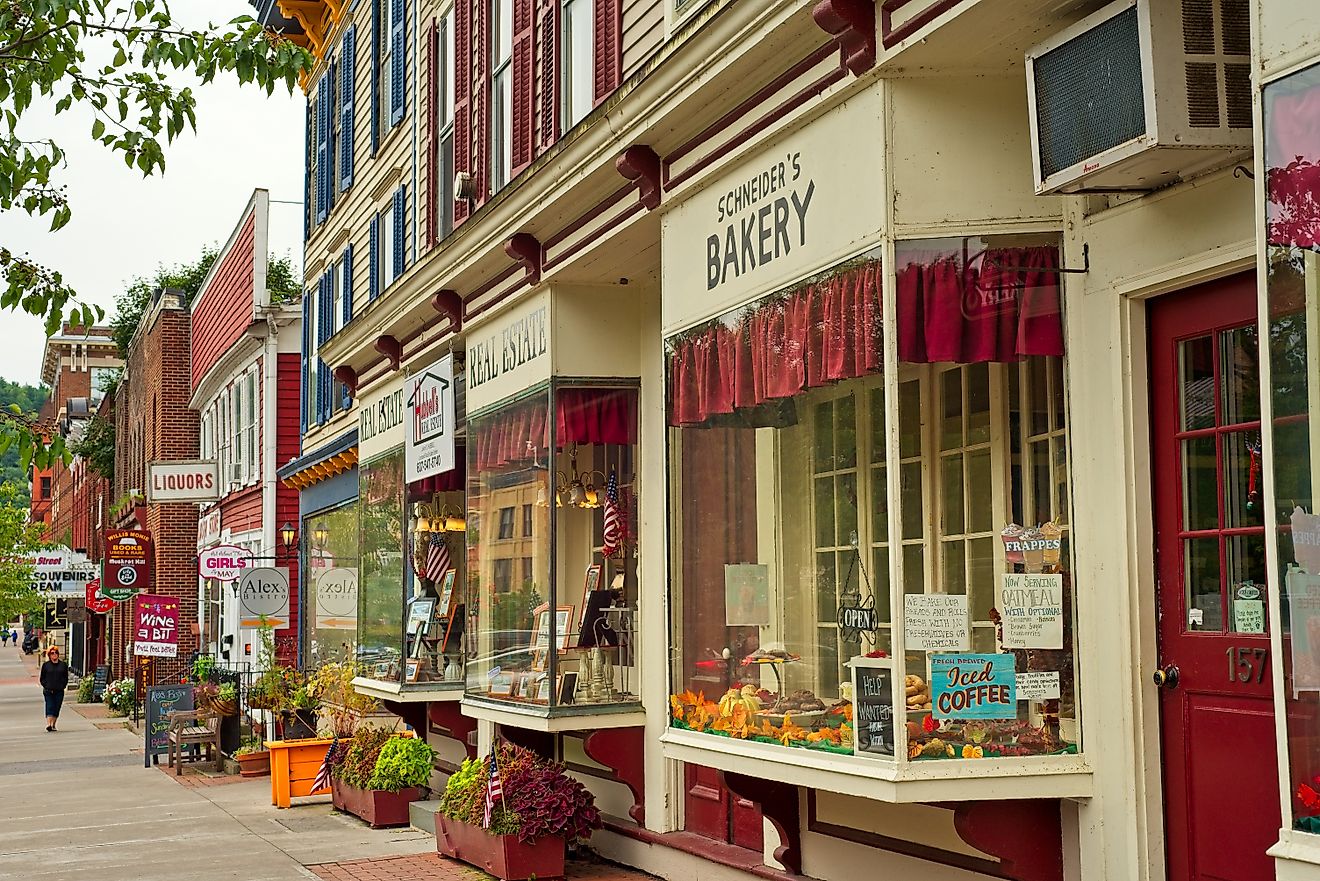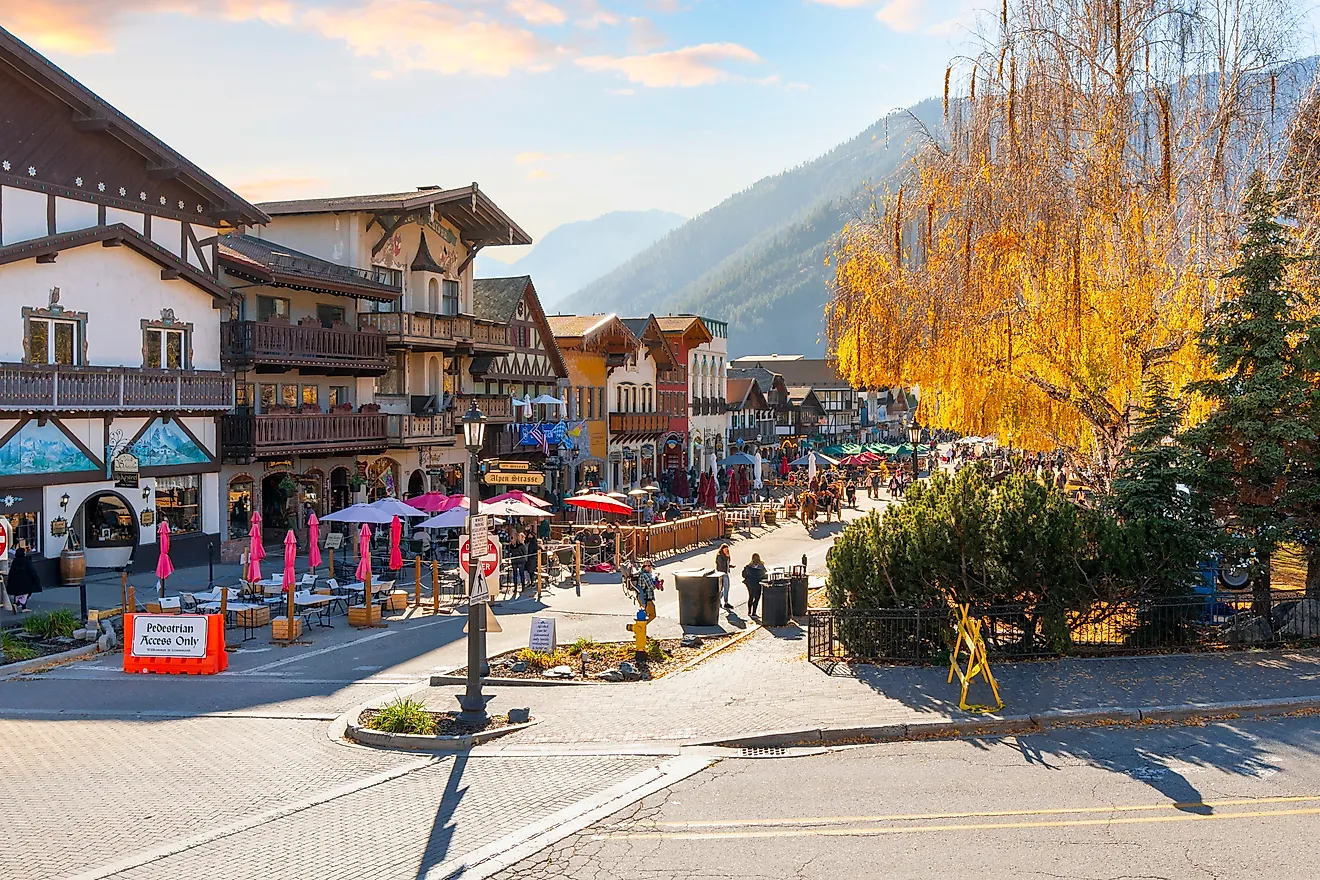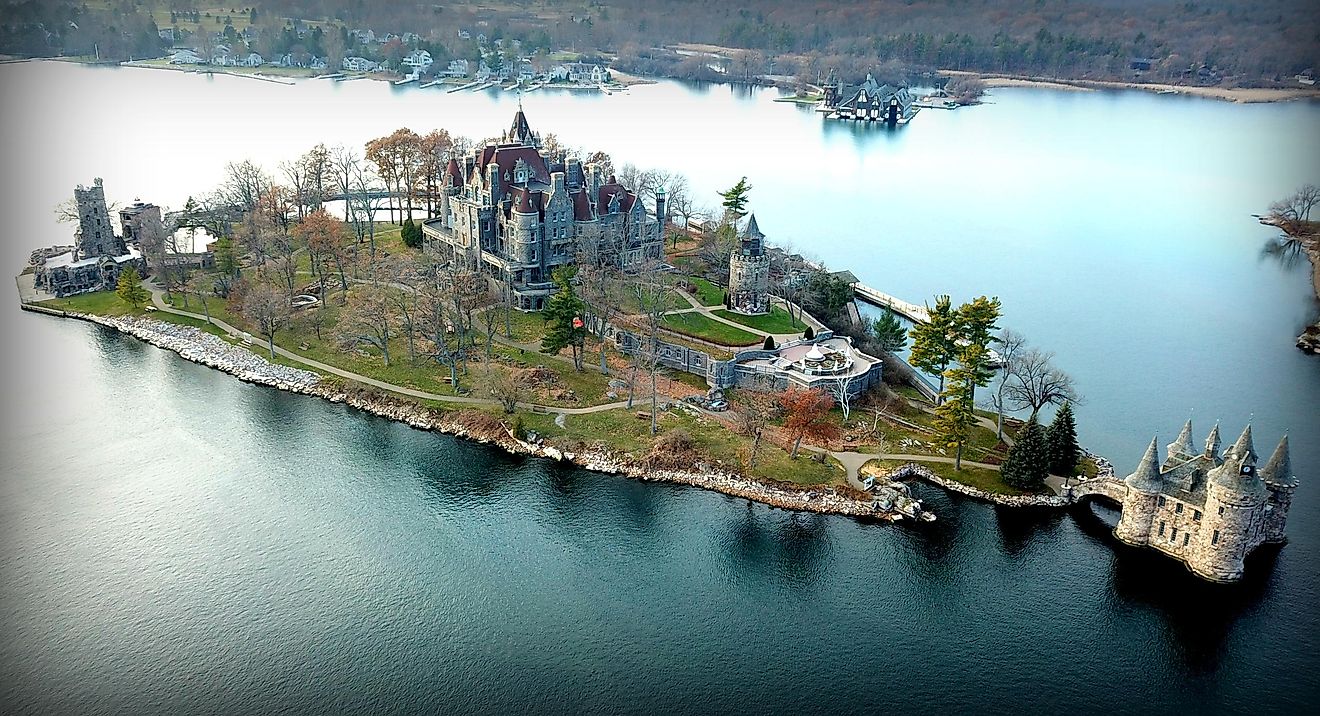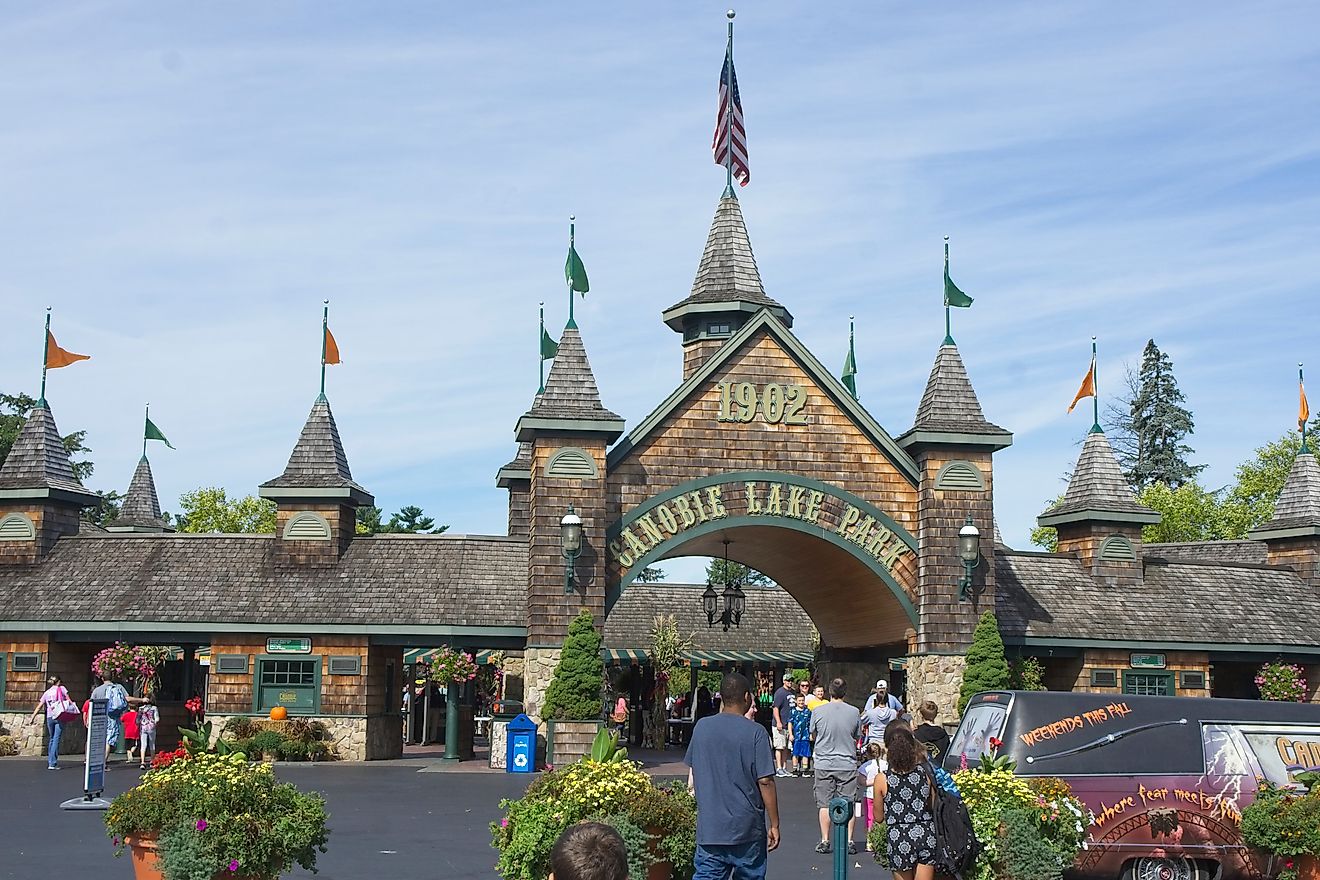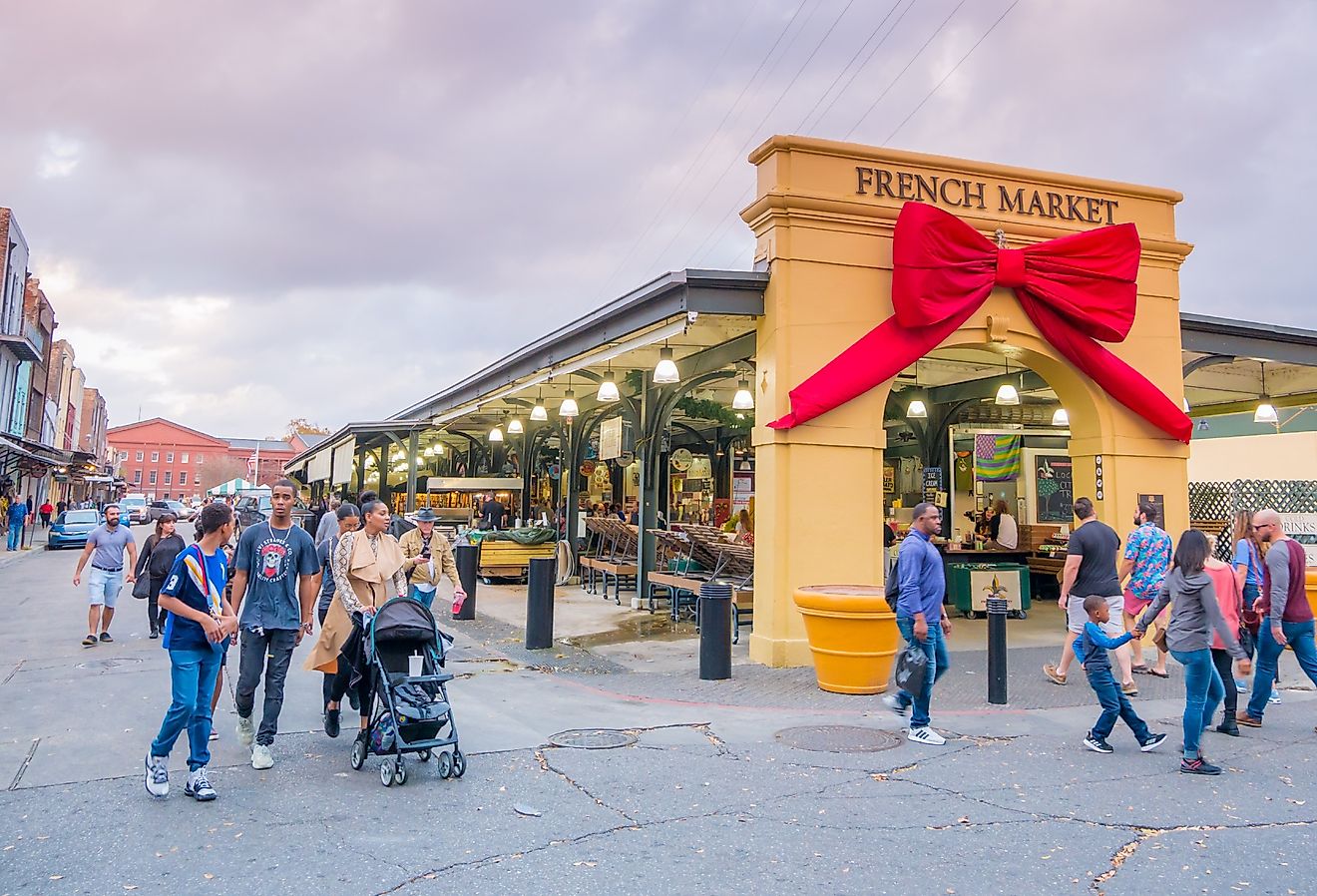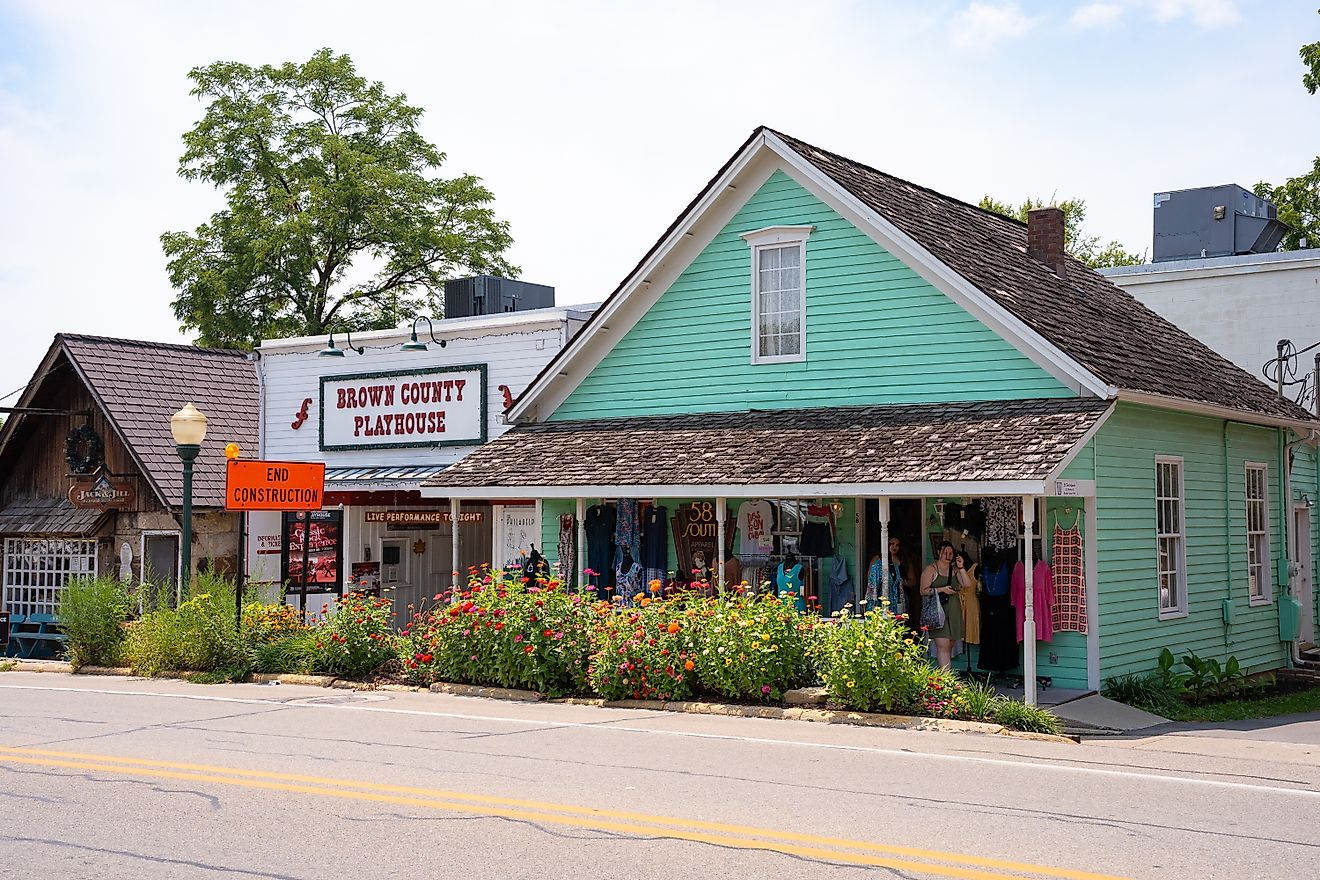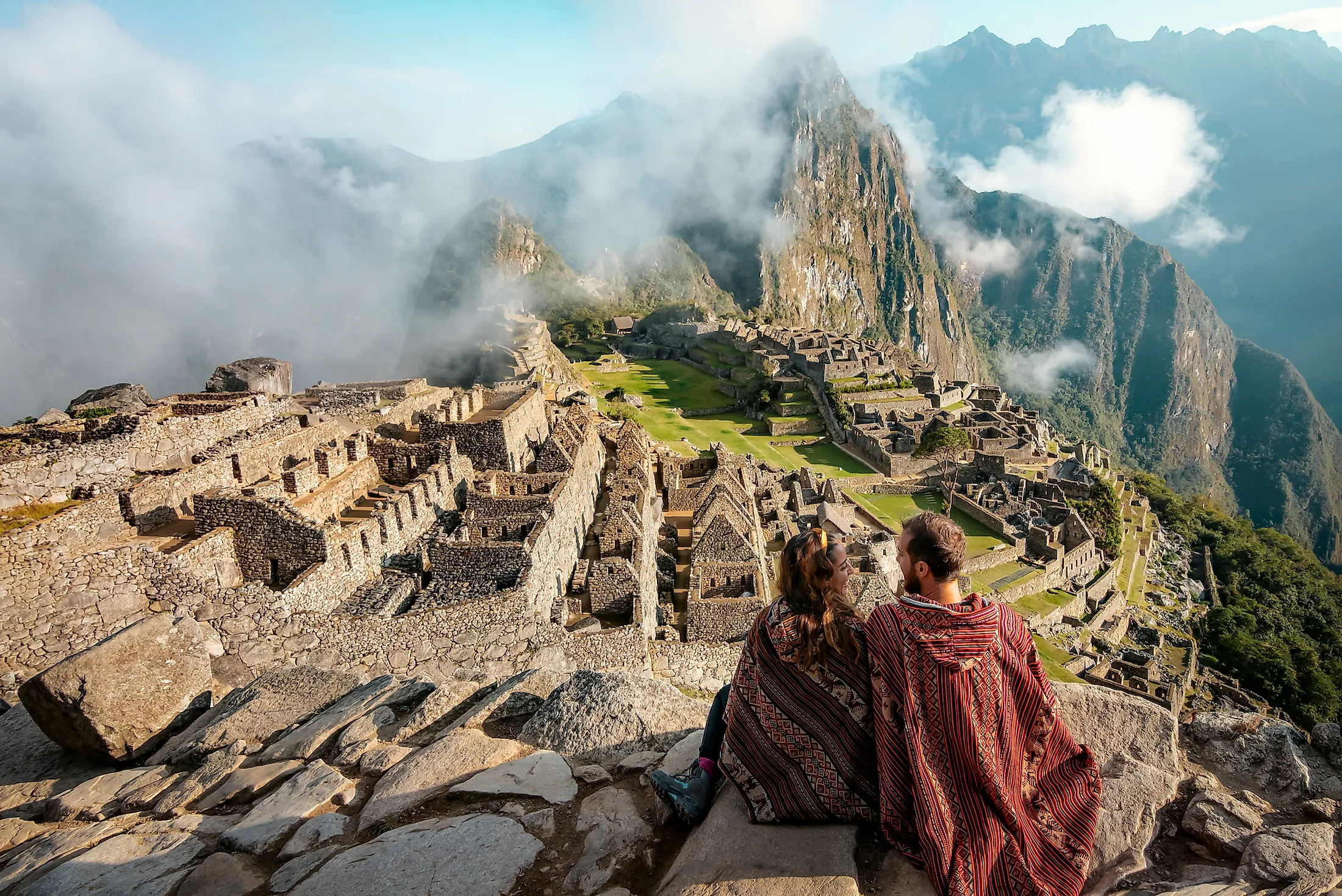
Machu Picchu - One of the Seven Wonders of the World
The ancient Inca ruins, Machu Picchu, set above the Urubamba River valley of the Cordillera de Vilcabamba of the Andes Mountains are one of the major discoveries of the pre-Columbian sites and one of the 7 Wonders of the World. They sit snuggly and almost fully preserved within the saddle of Machu Picchu and Huayna Picchu (New Peak). In Quechua “Machu Picchu” means “Old Peak” or “Old Mountain.”
Where Is Machu Picchu?
Part of the Cusco department in Peru, in the province of Urubamba, Machu Picchu, set in the namesake district, rises 2,430 meters or 7,970 feet above the sea level. This is contrary to the popular belief that it is higher than the city of Cusco, which is only about 50 miles (80 kilometers) away. A UNESCO site since 1983, the ancient stone town ruins within the Machu Picchu Historic Sanctuary spread over the basin of the river Vilcanota-Urubamba.
History Of Machu Picchu
Long before the Cusco Kingdom developed as a city state from 1300 to 1500 AD, people of the province have been practicing agriculture in Urubamba and adjacent valleys since 760 B.C. First governed by Manco Capac, by 1440 the Vilcabamba region became controlled by the Incas. Many believe that the royal estate of Machu Picchu was established in 1450 to honor their 9th king, Pachucutec, who initiated the territorial expansion into the Tahuantinsuyo Empire. Others believe that it was just a city center, where the great minds of the Empire would gather.
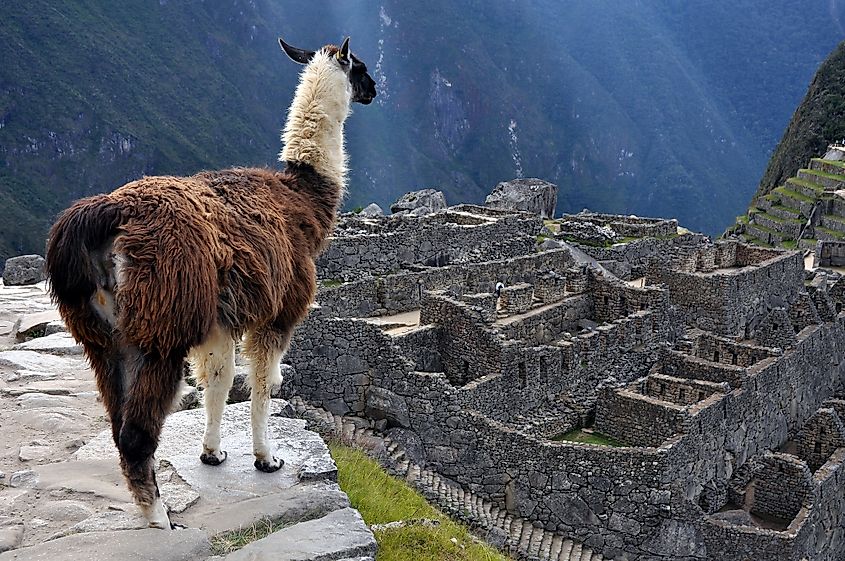
The king's lineage, religious elite, and yanaconas or highly specialized artisans hired from across the empire, made up most of the city's population that ranged from 300 to 1000 citizens. Agriculture remained the economic driver until the king's death, upon which new constructions were built on the yielding valleys of the region.
Although during the civil war the rural population was annexed by the laborers from the other parts of the Empire, they returned back home following the conflict. It was only following the exile of Manco Inca in Vilcabamba during the Spanish Conquest of the colonial times in 1532 that the empire lost its significance, with the city becoming abandoned and known after the fact as the legendary Lost City of the Inca.
Recent Times
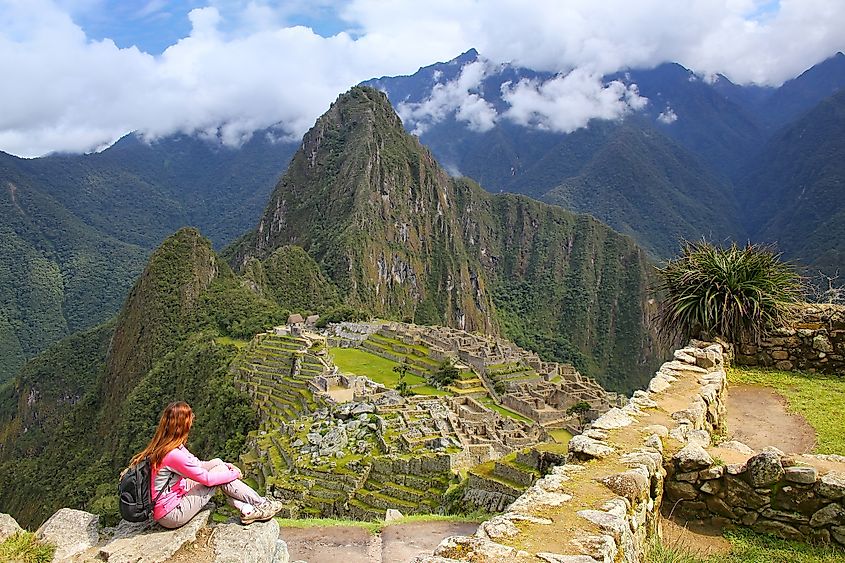
Having discovered the region's deep underground riches, Augusto Berns formed a mining company on the spot in 1867, with the lands also being traversed in the second half of the 19th century by explorers such as Antonio Raimondi, without realizing it. Looking for Vilcabamba, an ancient city to which the Incas have escaped following the Conquest, a history professor, Hiram Bingham, discovered the ruins in 1911, being led to them by a young boy from Mandorpampa.
Wrongly thinking that it was upon the ruins that the last foot of the Incas was set, it was only after his death in 1956 that the real Vilcabamba was discovered in the jungle, west of the Machu Picchu citadel. The artifacts, excavated by the professor's team upon making the scientific discovery, were returned to Peru and displayed in the Casa Concha (Machu Picchu Museum) in Cusco, in 2012, just over one hundred years later.
Significance Of Machu Picchu
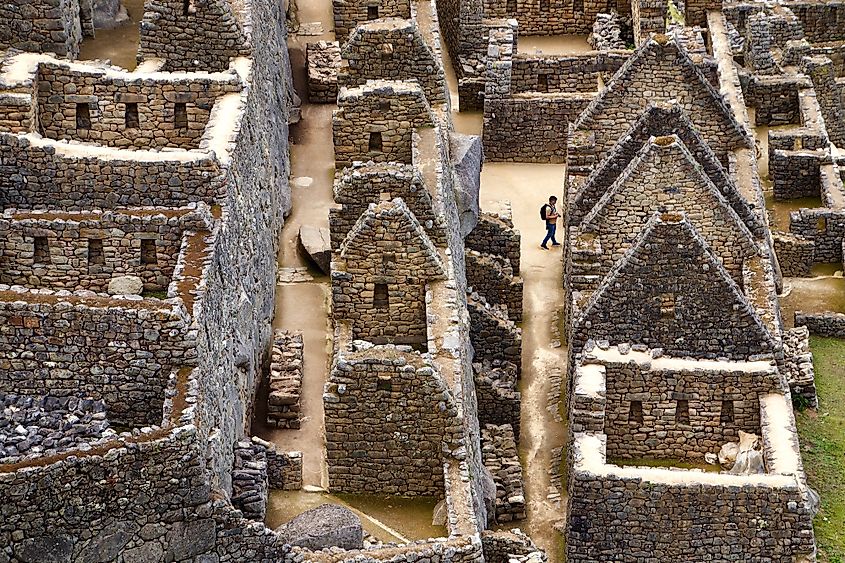
While Peru is known for high seismic activity with many earthquakes, and Machu Picchu being set near two fault lines, the ancient city is virtually protected from any destruction of such, due to the "dancing rocks". The Incas constructed their buildings with stones that were cut and wedged in a very tight manner, as well as incorporated the bracing blocks technique that would dance during an earthquake, falling right back into place. The trapezoidal-shaped doors and windows, as well as the inward inclining walls for additional resistance made for an extremely aesthetic-looking city's facade. Called "stone city" for a reason, even the walkways and the thousands of steps connecting plazas, residential areas, terraces, the cemetery, and major buildings, consisted of stone blocks with footholds carved into underlying rock for the overall insulation.
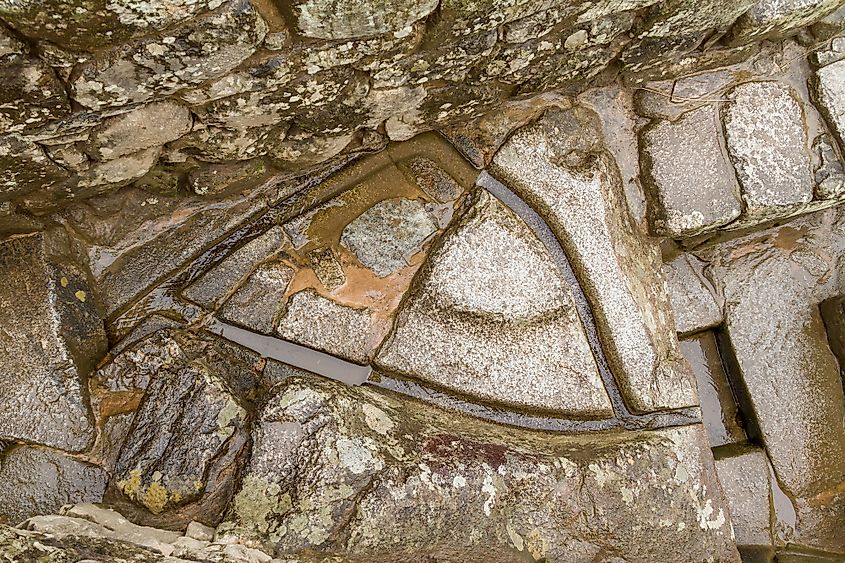
As South America’s most impressive archaeological city of ruins, it was built without the aid of mortar, wheels, or iron tools, and over 600 terraces that kept it from sliding off of the mountain. The stones, some weighing over 50 tons, were pushed by hundreds of men up the mountain, while others were chiselled from the bedrock of the mountain.
The magnificent Temple of Sun also held major cultural significance, especially during the annual June solstice, when the sun would shine through the window of the temple onto the ceremonial rock. Other significant buildings include The Temple of the Three Windows composed of a 10.6 meters long and 4.2 meters wide hall containing three trapezoidal windows, as well as the Intihuatana or the Hitching Post of the Sun that forms a stone pillar presumably purposed for astronomical observations.
Climate and Environment
Even the nature around these sacred one-of-a-kind ancient grounds is uniquely contrasting of the nearby bare mountains where the grey and dry Cusco sits. Set on the edges of the Andes and the Amazonian rainforest, the temperate Machu Picchu's vividly green luscious forests sit in a haze, being embraced by the low hanging clouds and the mist.
The highly humid environment produces 1,955 mm of annual rain (mostly from November to March), with warm days and cooler nights where the temperature ranges from 52 to 81F (11 and 27C). The most-commonly sighted bright-hued birds and colorful flower rugs compose just some of the many varieties of subtropical species that can be encountered in the region.
Getting There
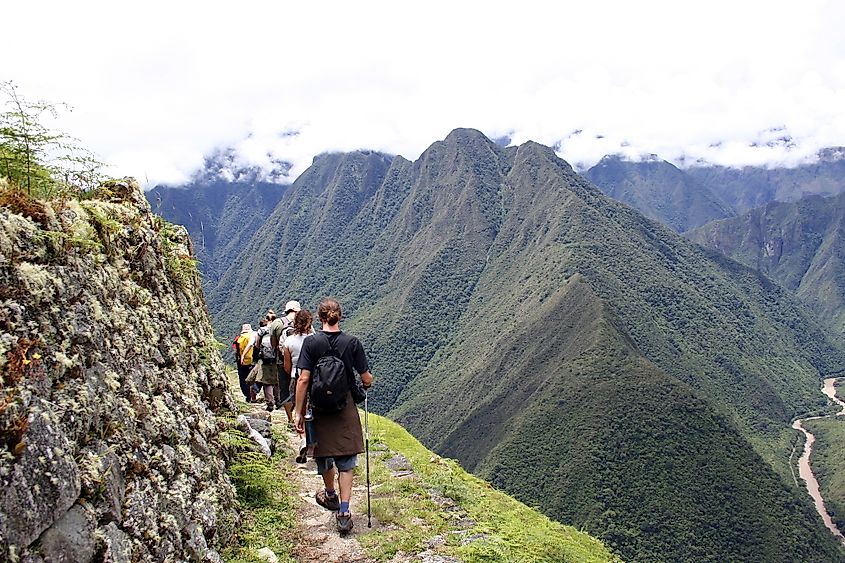
There are only two ways to ride to Machu Picchu, with one, taking a two-hour train from the Sacred Valley's Ollantaytambo Station. Taking a train from the Poroy Station in Cusco is a 4-hour ride to the Aguas Calientes, or the Machu Picchu Pueblo at the base of the mountain. Followed by walking or taking the bus the rest of the way, one would ascend some 1,640 feet (500 metres) from the Urubamba River valley via serpentine. The more active can opt for the “Caminos Del Inca” (classic Inca Trail) adventure trek, which leads them to the Sun Gate entrance of Machu Picchu over a course of four days.
Commencing from the “km 88” train stop to Machu Picchu takes one over several thousand stone-cut steps, high retaining walls and tunnels. On the trek, varying in elevation from 8,530 to 13,780 feet (2,600 and 4,200 metres), one can spectate all of the engineering marvels and the variously-shaped Inca ruins. Upon reaching the world-famed destination set within the mountainous cloud forest, there is actually an option to receive a passport stamp at Machu Picchu, for a unique souvenir and for additional bragging rights.
What To Do In Machu Picchu
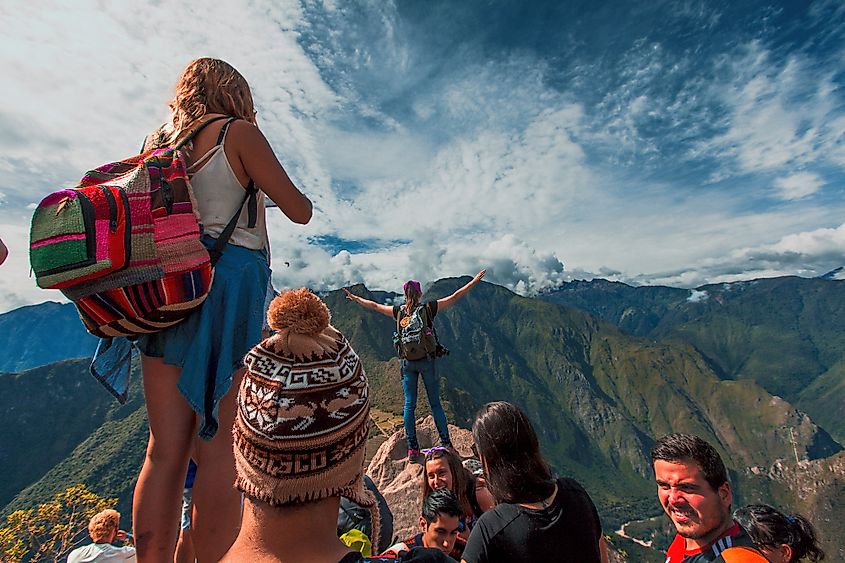
Although there will never be a lack of artifacts to look at, the active can take their adventure to a "higher" level by hiking to the top of Huayna Picchu, the classic backdrop of a Machu Picchu postcard. The hike incorporates taking the “death stairs”, a set of seemingly threatening stone steps, conquering which, offers a first-class view from the top. Another aerial view can be obtained from the opposing peak, on the Machu Picchu Mountain, also requiring a permit to climb.
The short trek to the Sun Gate gives even the less active a fabulous view over the ancient city, while the short and relatively-flat hike to the Inca Bridge uncovers many more archaeological structures of the Incas Empire. To end the day of exploration, there is a hotel with a restaurant, as well as thermal baths at the Aguas Calientes village nearby.
Built and occupied from the mid-1400s to the early or mid-1500s, many believe that Machu Picchu was a royal estate of the Inca's powerful emperor Pachacuti Inca Yupanqui. Recently, it has also been suggested that Machu Picchu marked the last ancient pilgrimage route of the Incas.
